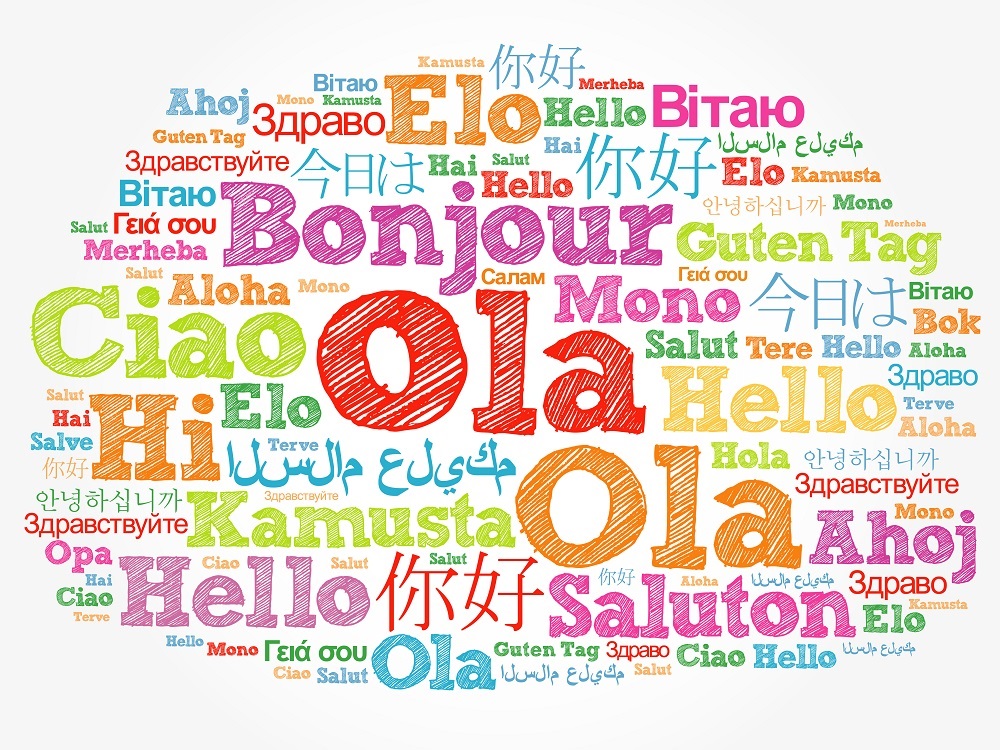Written by Ivana Katsarova,

Following the success of the European Year of Languages (2001), the Council of Europe designated 26 September as the European Day of Languages. Since then, annual celebrations of this day have been held to promote the rich linguistic and cultural diversity of Europe. The European Parliament has consistently acted to support endangered languages and linguistic diversity in the EU, calling on the EU and the Member States to commit resources to their protection and promotion.
Global language diversity
Between 6 000 and 7 000 languages are spoken in the world today. Giving a precise figure is impossible, since the borderline between a language and a dialect is not well defined. Strikingly, 97 % of the world’s population speak about 4 % of the world’s languages, while only about 3 % speak the roughly 96 % of languages remaining. Half of the world’s 7.5 billion inhabitants share just 13 native languages. Slightly over 3 % of the world’s languages – 255 – are indigenous to Europe. The highest number of living languages – 2 165 – are found in Asia.
The critical threshold for the survival of a language is estimated at 300 000 speakers. According to forecasts, some 90 % of all languages may be replaced by dominant languages by the end of the 21st century. The latest edition of the Unesco Atlas of the World’s Languages in Danger (2010) reveals that 40 % of languages spoken in the world are endangered. Worryingly, at least 2 000 of the world’s endangered languages have fewer than 1 000 speakers, and 4 % have disappeared in the past 70 years.
Linguistic diversity in the EU
The EU has 24 official languages, which are listed in Article 55(1) of the Treaty on European Union (TEU). Respect for linguistic diversity is enshrined in Article 3(3) TEU and Article 22 of the Charter of Fundamental Rights of the EU. Mirroring population figures, the most widely spoken mother tongue in the EU is German (16 %), followed by Italian and English (13 % each), French (12 %), then Spanish and Polish (8 % each). According to a 2013 study, there are 60 regional or minority languages within the EU, spoken by between 40 and 50 million people. Among them, Catalan is the most widely used, with over 10 million speakers, mainly in the Spanish region of Catalonia, but also in the French Pyrenees and the Italian region of Sardinia.
Europeans’ linguistic competences
A 2012 Eurobarometer survey shows that the majority of Europeans (54 %) are able to hold a conversation in at least one additional language, a quarter (25 %) are able to speak at least two additional languages and one in ten (10 %) are conversant in at least three. The five most widely spoken foreign languages remain English (38 %), French (12 %), and German (11 %), followed by Spanish (7 %) and Russian (5 %). Two thirds of Europeans (67 %) find that English is the most useful foreign language, followed by German (17 %), French (16 %), Spanish (14 %) and Chinese (6 %). The majority of Europeans do not describe themselves as active learners of languages. Around a quarter (23 %) have never learnt a second language, while over four out of ten (44 %) have not learnt a language recently and do not intend to start.
Multilingualism in the European Parliament
The European Parliament differs from the other EU institutions in its obligation to ensure the highest possible degree of multilingualism. In the European assembly, all parliamentary documents are published in all of the EU’s official languages, which are considered equally important. The right of each Member of the European Parliament to read and write parliamentary documents, follow debates and speak in his or her own official language is expressly recognised in the Parliament’s Rules of Procedure. The European Parliament also has an Intergroup focused on protecting traditional minorities and national communities and languages.








[…] Source Article from https://epthinktank.eu/2017/09/25/celebrating-the-european-day-of-languages/ […]
[…] Source […]
[…] Katsarova, I. (2017, September 26). Celebrating the European Day of Languages. European Parliamentary Research Service Blog. Retrieved from https://epthinktank.eu/2017/09/25/celebrating-the-european-day-of-languages/ […]
[…] Following the success of the European Year of Languages (2001), the Council of Europe designated 26 September as the European Day of Languages. Learn more about the European Day of Languages. […]